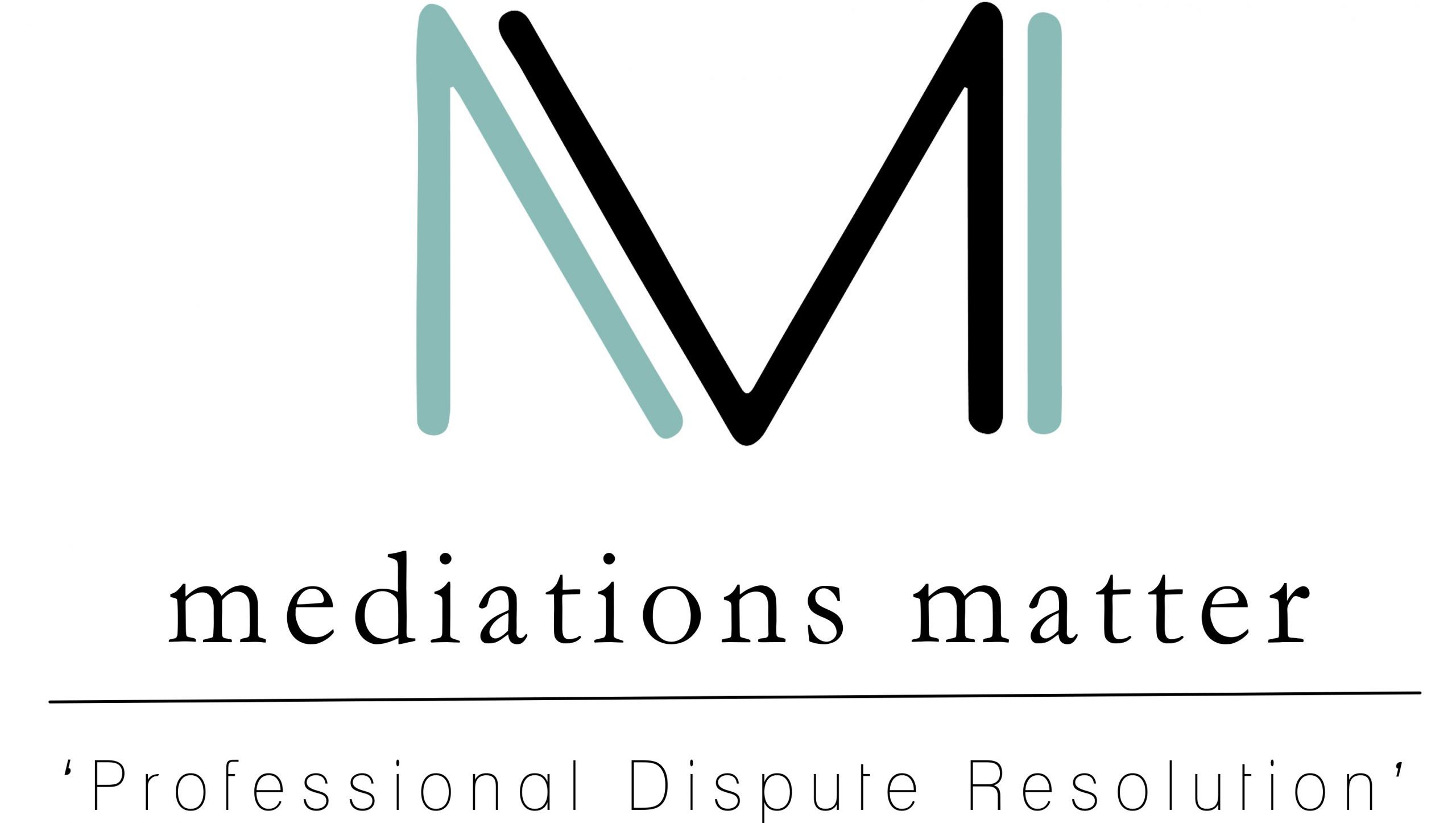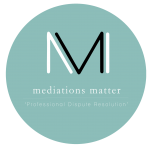Mediation is a process that involves a neutral third party, the mediator, helping two or more parties resolve their dispute outside of the court system. One of the key tools used in mediation is brainstorming, which can help generate creative and mutually beneficial solutions to the dispute.
Here are some tips for using brainstorming effectively in mediation:
Set Ground Rules
Before starting the brainstorming session, it is important to establish ground rules that emphasize mutual respect, active listening, and an open-minded approach to problem-solving. This will help ensure that everyone feels comfortable sharing their ideas and that the conversation remains productive.
Define the Problem
Clearly defining the problem or issue at hand is essential to ensure that everyone is working towards the same goal. The mediator should ask each party to describe their perspective on the issue and work with them to clarify any ambiguities.
Encourage Participation
Encourage all parties to actively participate in the brainstorming session. Ensure that everyone has an opportunity to speak and that no one dominates the conversation. It is important to create a safe and constructive environment for all parties to contribute to the problem-solving process.
Emphasize Quantity Over Quality
During the brainstorming session, focus on generating as many ideas as possible without evaluating or judging them. This will encourage creativity and help parties think outside the box. All ideas, even if they seem unrealistic or silly at first, should be recorded to help generate more ideas and perspectives.
Consolidate Ideas
Once all parties have had a chance to contribute ideas, consolidate the list of suggestions and clarify any ambiguities. Work together to refine the ideas and identify any potential issues or limitations.
Evaluate and Select Solutions
Evaluate the list of ideas and select those that seem most feasible and mutually beneficial. Work collaboratively to refine the selected solutions into actionable plans. The goal of brainstorming in mediation is to create a collaborative and constructive environment for all parties to contribute to the problem-solving process.
In conclusion, brainstorming can be a powerful tool in mediation, allowing parties to generate creative and mutually beneficial solutions to their disputes. By following these tips and working collaboratively, parties can use brainstorming to help them reach a resolution that satisfies everyone involved.

